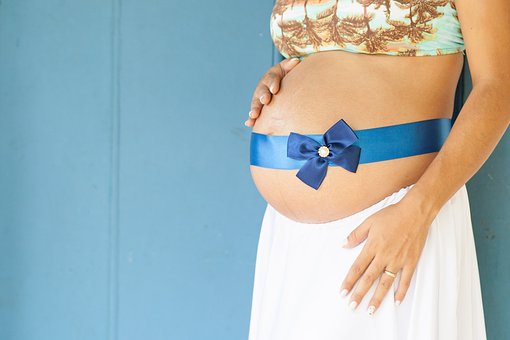Summary
– Different stages of prematurity
– Delivering a premature baby: giving birth at 32 weeks
– Delivery at 32 weeks gestation
– Premature delivery: the risks for the baby
– Prevention of early delivery
The term is approaching, and you will finally be able to meet the little one growing in your womb. But now, it is arriving a little before the expected 39 weeks. What are the risks of a baby arriving 7 weeks earlier? What are the reasons and how to prepare? This post will help you find out.
Different stages of prematurity
Any birth is considered premature before 37 weeks of pregnancy.
Within this overall prematurity, you must distinguish several stages:
– very premature (before 28 weeks);
– extreme prematurity (28 to 32 SA + 6 days);
– medium prematurity (from 33 to 36 weeks gestation + 6 days).
By the end of the 31st week, the baby’s organs are fully or almost fully formed, except for the still-developing lungs.
At this stage of the 8th month of pregnancy, the baby weighs only 1.750 kg on average.
Delivery of a premature baby: giving birth at 32
Main situations
Bleeding occurs in about 20% of deliveries before 33 weeks. Five main clinical situations can lead to delivery before 33 weeks:
– High blood pressure and its complications: eclampsia, pre-eclampsia.
– Hemorrhages: placenta praevia, retroplacental hematoma.
– Premature rupture of membranes: mostly related to uterine infections and certain living conditions (stress, low socioeconomic level, etc.)
– Spontaneous preterm labor: also mostly related to uterine infections and certain living conditions (stress, low socioeconomic status, etc.)
– Intrauterine growth retardation: when uterine growth retardation is identified as a result of low fetal weight. Due to the exchanges between the mother and the fetus no longer taking place in good conditions, the nutritional and oxygen intake are becoming insufficient for the baby.
Other risk factors can intervene and favor premature delivery, such as a twin pregnancy or excessive consumption of tobacco or alcohol.
You should note that pregnant women with chronic intestinal disease are associated with an increased risk of prematurity.
Delivery at 32 weeks gestation

Within these 5 main clinical situations that most often result in delivery before 33 weeks gestation, there is a distinction between premature delivery due to the:
– spontaneous labor of the body and membranes (contractions, loss of water, etc.) in front of which delivery is inevitable;
– labor triggered by the obstetrical team in the face of an infectious, hemorrhagic, or physiological risk for the baby or the mother.
Good to know: the medical team’s decision to deliver the mother represents nearly 45% of deliveries before 33 weeks of pregnancy, i.e., roughly half.
Premature delivery: the risks for the baby
The threat of premature delivery carries risks for the baby:
– The earlier the birth, the greater the respiratory and neurological sequelae risk.
– However, it affects less than 10% of pregnant women.
Prevention of early deliveries
In the case of high risks of premature delivery, prophylaxis is indicated to delay delivery as much as possible. Indeed, the longer the baby remains in the mother’s womb, the better his vital signs will be at birth.
Thus, on the clinical level, in cases of threatened premature delivery :
– Contraction inhibitors are injected to buy time for corticosteroid therapy.
The mother receives two injections of glucocorticoids 24 hours apart, which reduce mortality and the baby’s respiratory, digestive, and neurological sequelae.
Hope this post has been able to inform you on how to prepare for baby arriving 9 weeks earlier. Please, remember to share your views in the comments below.


